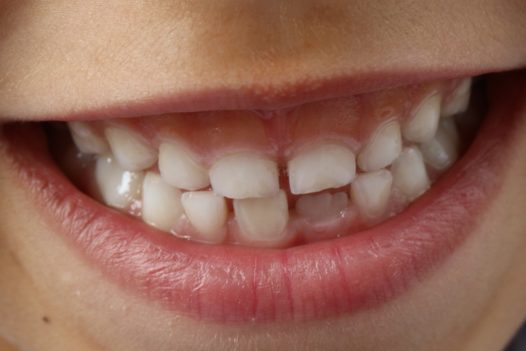
Dental sealants and Space maintainers
Children are the best candidates for dental sealants, permanent teeth that have just erupted will get the best benefits from these protective coverings. Adults that have pits & grooves highly susceptible to decay, may benefit from dental sealants.
To apply the sealants, the tooth will be cleaned and dried, and a solution will be applied to roughen the enamel slightly. Next, the tooth will be rinsed and dried again so that the liquid sealant can be applied on, a specialized light may be used to speed up the process of hardening.
Sealants can be 100% effective at protecting the tooth surfaces against cavities. As long as the sealant remains intact, bacteria and small food particles that cause cavities won’t be able to penetrate through. Sealants hold up for several years before needing reapplication, and in some cases, they last for up to ten years.
Usually a primary (milk) tooth stays in until the permanent tooth underneath pushes it out and takes its place.
Unfortunately, some children lose a primary tooth (when the milk tooth has to be removed because the dental decay is so extensive, even root canal treatment cannot save the tooth) long before it is ready to fall off naturally.
When a primary tooth is lost too early, the teeth on the either side of the empty space will drift/tilt and reduce/close the gap for the permanent teeth to erupt in it’s place. A space maintainer is recommended to hold the space created by early loss of primary teeth. Once the permanent tooth erupts in place, the space maintainer can be removed.
Space maintainers don’t need special care, but follow this: avoid sticky and sweet food, don’t tug or push on the space maintainer with your fingers or tongue, keep it clean with brushing twice a day, and if you find the space maintainer move or rock in your mouth, visit the dentist immediately.